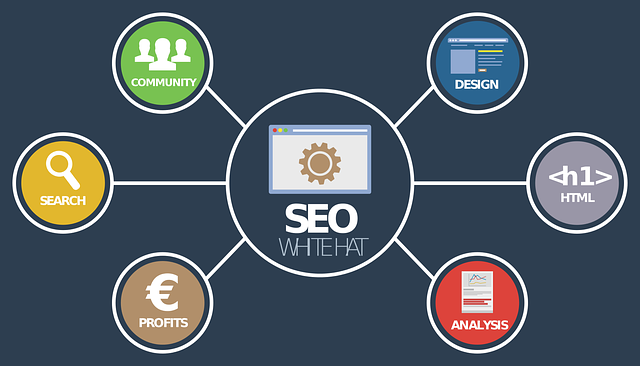AI-powered tools are transforming pest management by automating inspections, detecting infestations early, and predicting pest behavior through data analysis. These systems also revolutionize invoice verification, significantly enhancing fraud detection in subcontractor invoices within the construction industry. While challenges such as data privacy and regulatory compliance exist, AI's potential to streamline processes, reduce environmental impact, and prevent financial losses makes it a promising solution despite these obstacles.
“In the ever-evolving realm of pest control, Artificial Intelligence (AI) is revolutionizing how we manage and prevent infestations. This article explores the innovative use of AI-powered tools in detecting and mitigating pest issues, with a particular focus on their application in fraud detection for subcontractor invoices. We delve into the benefits, challenges, and potential game-changing impacts of AI integration in both pest control and invoice verification processes, highlighting its crucial role in enhancing efficiency and security.”
- Understanding AI-Powered Pest Detection Tools
- The Role of AI in Fraud Detection for Subcontractor Invoices
- Benefits and Challenges of Implementing AI in Pest Control and Invoice Verification
Understanding AI-Powered Pest Detection Tools

AI-powered pest detection tools are revolutionizing the way we approach pest management, offering a more efficient and precise alternative to traditional methods. These advanced systems utilize artificial intelligence algorithms to analyze data from various sources, such as cameras, sensors, and historical records, to identify and locate pests with remarkable accuracy. By automating the inspection process, AI can detect even subtle signs of infestation or damage that might be missed by human observers.
One notable application is in the field of AI fraud detection for subcontractor invoices, where machine learning models are trained to recognize patterns indicative of fraudulent activities. Similarly, AI pest detection can analyze images and data from agricultural fields, warehouses, or homes to identify specific pests, predict their behavior, and even forecast potential outbreaks. This proactive approach enables prompt treatment, reducing the environmental impact of pesticides and minimizing costs associated with extensive damage control.
The Role of AI in Fraud Detection for Subcontractor Invoices

Artificial Intelligence (AI) has emerged as a powerful ally in the battle against invoice fraud, particularly in the construction industry where subcontractor invoices are often complex and vulnerable to manipulation. AI algorithms can analyze vast amounts of data from previous invoices, payment records, and even historical patterns to identify anomalies and potential fraudulent activities. By learning from legitimate transactions, these systems can quickly detect deviations that may indicate tampering or false claims.
This technology enables more efficient and accurate review processes, as it can process documents faster than manual methods. AI-powered fraud detection tools can flag suspicious invoices for further investigation, allowing contractors and project managers to save time and resources. With the ability to adapt and learn from new data, these systems ensure that fraud prevention remains dynamic and effective, fostering a more secure environment for financial transactions within construction subcontracting.
Benefits and Challenges of Implementing AI in Pest Control and Invoice Verification

Implementing AI in pest control offers significant advantages, including enhanced efficiency and accuracy in identifying pests. AI-powered tools can analyze vast amounts of data to predict and detect infestations early, reducing the need for extensive manual inspections. This technology enables faster response times, allowing pest control professionals to employ targeted treatments, minimizing environmental impact. Moreover, AI can streamline invoice verification processes by automatically scrutinizing subcontractor invoices for fraud. It detects anomalies in billing patterns, ensuring cost-effectiveness and preventing financial losses for businesses.
However, challenges exist when integrating AI into these sectors. Data privacy and security are paramount concerns, especially with sensitive pest control information and financial records. Ensuring the secure handling of data and compliance with regulations like GDPR is essential. Additionally, training AI models requires diverse datasets to avoid bias, which can be resource-intensive. The cost of acquiring and preparing quality data may pose a barrier for smaller companies. Nonetheless, the potential for AI to revolutionize pest control and streamline invoice verification processes makes it a compelling area of exploration despite these challenges.
AI-powered pest detection tools are transforming both pest control and invoice verification processes. By leveraging machine learning algorithms, these tools offer enhanced accuracy in identifying pests and automating time-consuming tasks like invoice validation, significantly reducing costs and increasing efficiency. While challenges exist, the benefits of AI integration in these sectors are undeniable, particularly when combined with advanced fraud detection techniques for subcontractor invoices. As technology advances, expect to see even more innovative applications of AI landscaping, revolutionizing pest management and streamlining business operations.
